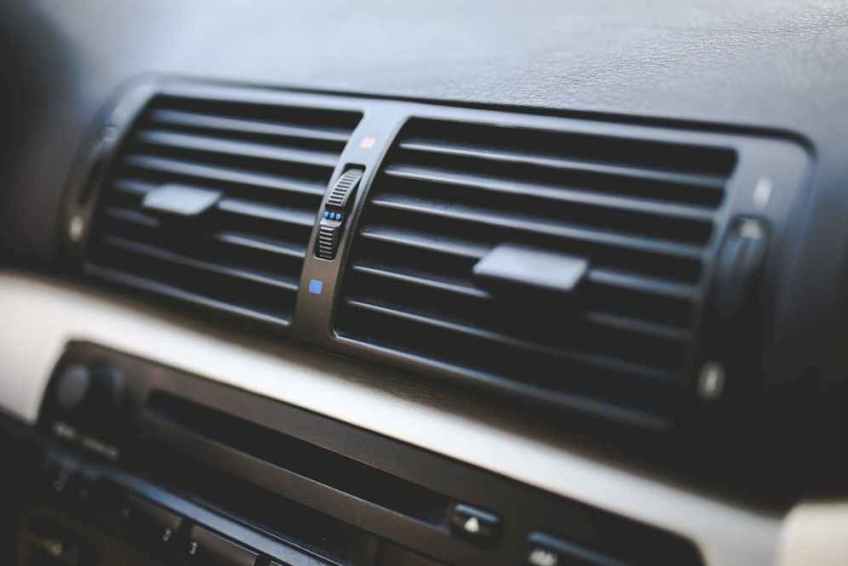How To Repair Your Car Heating System If It Doesn’t Work
If in summer the essential thing is to have air conditioning, when we are at the wheel during the winter season it is necessary to have adequate heating inside the cabin. Not only for our well-being, but also for the proper functioning of the various components of our car. When the system does the whims, then, we must take immediate action to restore its functionality – let’s see how!
Automatic heating system – how it works
Before discussing the causes, consequences, and remedies, let’s take a look at how the heating works in our car. The water normally runs through certain parts of the engine and, once cooled by the radiator, recirculates to keep the heat caused by the piston activity under normal levels.
A part of the heat generated also comes into contact with the outside air: through another small radiator, this flow is channeled into the passenger compartment through the heating system that pumps hot air causing the interior temperature of the car to rise.
Why does the car heating not working?
As we have seen, it is a very simple system that can be broken just as easily, causing us to suffer from cold during the winter. When a car’s heating system fails, it can be due to one of these six problems:
Check More: Tips to Winterizing Your Car
1. Insufficient amount of water in the radiator
This is one of the most serious cases, because if the coolant level is too low (perhaps due to a leak), the internal components of the engine can be damaged.
2. Thermostat or water pump failure
The first regulates the water temperature, while the second is for the purpose of circulating the coolant (mixed with ethylene glycol so that it does not freeze below zero and does not boil above 100°C) throughout the system. If these components are not working properly, a “cold” check is required to verify any damage.
3. Broken radiator
In this case, hot air spraying in the passenger compartment is no longer possible; therefore it is necessary to replace the radiator with a new unit. The most plausible symptom of this cause is the presence of a puddle of water leaking from the radiator onto the interior floor of the passenger compartment.
4. Fans not working
When you turn off the car, you should hear the classic “whisper” of the fans used to cool the engine. If this does not happen, then the heat cannot reach the fillings in the cabin. Also in this case it is necessary to replace the components.
5. Minor breaks in the system
In the cooling and heating circuit there are minor components, such as thermostatic valves and various pipes that carry the refrigerant. The formation of air pockets, or the jamming of these units, can cause the failure of the heating of the car.
6. Controls or system not working
The last cause may be a malfunction of the controls on the dash or some incorrect setting in the software that manages the heating system. In the first case it will be enough to replace the broken parts. In the other case, it will be necessary to perform a check to the electrical system.
Why does cold air coming out of the car’s heating system?
One question motorists generally don’t know how to answer is this: you’ve selected hot air, but amazingly, only cool air is coming out of the exhaust vents dashboard. This “problem” may be due to the fact that the engine is not yet warm enough to allow heat to enter, or there is a malfunction that is preventing the car from delivering hot air to us.
Or, again, not enough coolant circulates in the radiator – in this case, there may be air bubbles that prevent water from entering the system. In this sense, it will be necessary to empty the entire system and fill it with new liquid, to avoid causing more serious damage to the engine with only the availability of cold air.
The strange smell of burning
What if, on the other hand, we do feel an unpleasant burning smell coming from the heating system? In this case, there may be damage to the entire system involving the engine, brakes, or clutch.
There may also be oil leaks or the exhaust gases may leak due to a break in the muffler, but also a malfunction of the air filters and the cylinder head gasket, because the coolant has to be replaced (or added) frequently.
